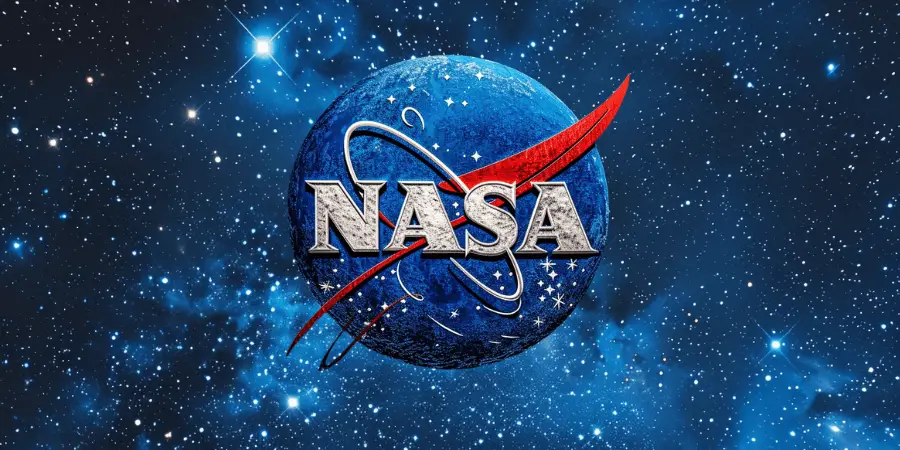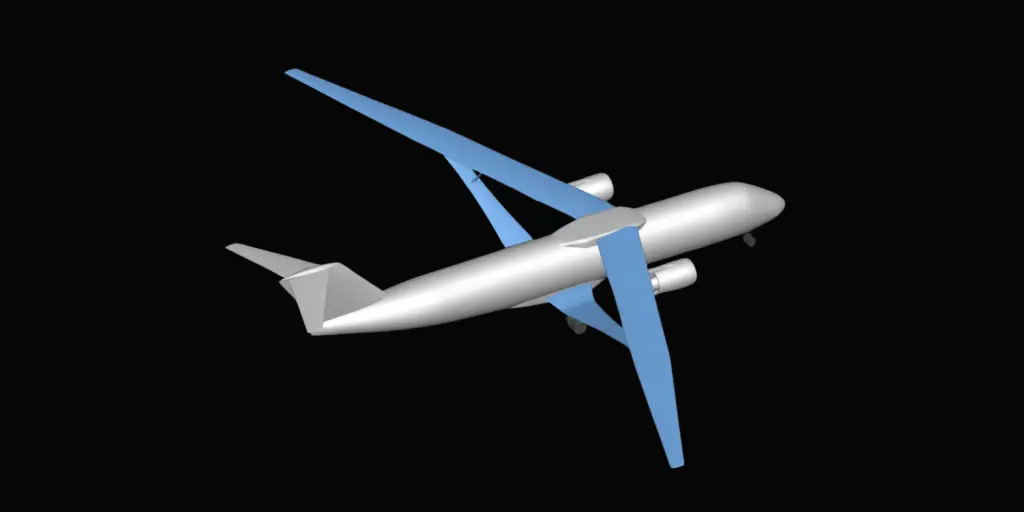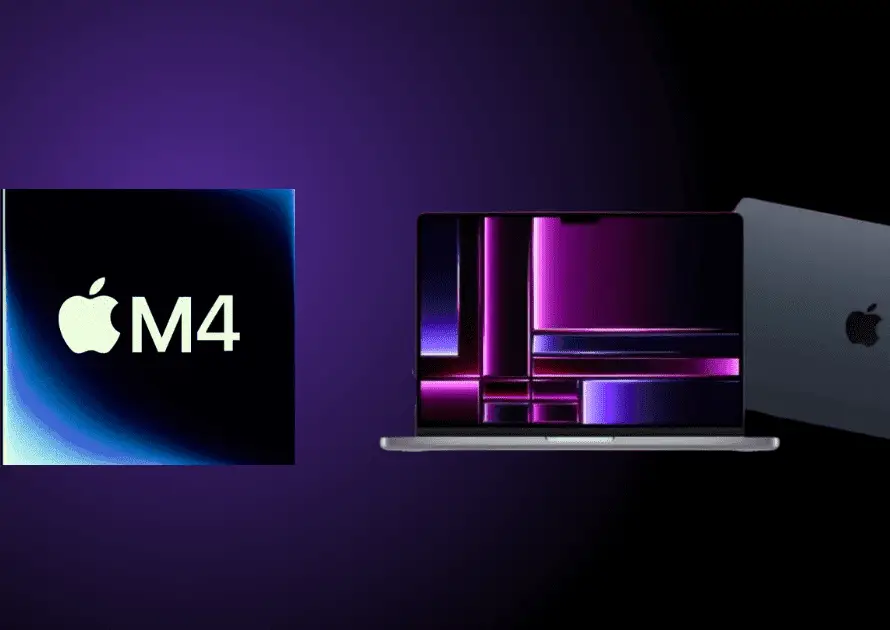Advent of digital modelling tools has catalyzed a revolutionary shift in how aircraft are designed and tested. NASA, a pioneering force in aerospace innovation, has Released its latest contribution to this evolving landscape: Aviary.
This state-of-the-art software platform marks a significant leap forward, building upon NASA’s rich legacy of employing advanced computational tools for aviation.
Aviary Aircraft Modeling Tool is not just another addition to aircraft designers’ toolbox; it represents a comprehensive environment where virtual models of futuristic aircraft, equipped with technologies yet to take to the skies, can be created and studied meticulously.
This tool, aptly named after enclosures used for studying birds, provides a digital sanctuary where the “birds”—or aircraft models—are analyzed in detail.
As we delve deeper into the functionalities and implications of Aviary, it becomes evident that this tool is set to redefine the boundaries of aircraft design, enabling engineers to simulate and tweak designs with unprecedented precision and flexibility.
Aviary Aircraft Modeling Tool
Aviary, NASA’s newest digital modelling tool for aircraft, emerges from a lineage of computational innovations that have long propelled advancements in aviation technology.
Aviary is a product of NASA’s dedicated efforts under this project, which aimed at creating tools that radically enhance aircraft design and analysis.
NASA has a rich history of developing sophisticated computational tools that have significantly impacted aeronautical engineering. This tradition has set the stage for Aviary’s development.
Before Aviary, tools like the Flight Optimization System and the General Aviation Synthesis Program laid the foundational concepts of flight modelling and optimization.
While advanced for their time, the older systems were not equipped to handle modern-day challenges such as the design and integration of hybrid-electric aircraft. They treated various aircraft systems as more isolated than they are in current and future designs.

The development team began by assimilating the most effective elements of previous tools. They then introduced new coding enhancements to make Aviary not only compatible with but also extendable through integration with other modern tools.
Aviary was crafted to overcome the rigidities of past tools. It was specifically designed to handle the complexities of newer aircraft technologies, which require a more integrated approach to systems design and analysis.
One of Aviary’s standout features, inherited from its predecessors yet significantly enhanced, is its ability to model detailed, integrated aircraft systems flexibly.
Reflecting on past limitations, Aviary was designed to be highly customizable and capable of extending its functionality through integration with other software tools, showcasing a significant evolution in the approach to digital aircraft modelling.
Core Features of Aviary
Aviary stands out as a transformative tool in the field of aeronautical engineering due to its unique capabilities and innovative features.
Aviary allows for the creation of detailed digital models of conceptual aircraft, including designs featuring technologies that have not yet been implemented in real-world aviation.
Users can input various parameters such as the aircraft’s shape, range, and other operational characteristics, which Aviary uses to generate accurate simulations, providing insights into how these designs would perform in reality.
One of Aviary’s significant advantages is its ability to seamlessly integrate with other software tools and codes.
This flexibility enhances its utility in complex design scenarios where multiple technologies need to be synthesized.
Aviary is designed to be easily adaptable, allowing users to modify and extend the code according to their specific research needs or project requirements.
Aviary is freely accessible and hosted on GitHub, encouraging a community-driven approach where users can contribute to its continuous improvement and documentation.
The tool is intentionally designed to be user-friendly, requiring no expert knowledge to operate, thus democratizing access to advanced aircraft modeling capabilities.
A standout feature of Aviary is its ability to manage gradients—how changes in one variable affect another. This capability allows for more dynamic and predictive modeling, enabling users to simulate different scenarios within a single framework.
Aviary can simultaneously process and analyze multiple factors, such as energy efficiency and system integration, without the need for separate simulations.
Aviary comes equipped with extensive documentation that records its development, usage, and changes over time. This aspect is crucial for new users to understand and effectively utilize the tool.
With the backing of NASA’s research centers, Aviary benefits from robust support and continuous development, ensuring it remains at the cutting edge of technological advancements.
Technological Innovations
Aviary’s technological innovations and capabilities significantly advance aeronautical engineering.
The Aviary allows for the simulation of aircraft featuring never-before-flown technologies, providing a sandbox for testing and validating futuristic aircraft concepts.
By simulating different design scenarios, Aviary offers detailed feedback on the operational characteristics and performance metrics of new aircraft designs.
Aviary’s ability to link with other coding environments and tools stands out as a significant innovation.
This interoperability allows for a holistic approach to aircraft design where various subsystems and components can be integrated seamlessly.
Researchers can tailor Aviary’s modules to fit specific project needs, enhancing its utility in diverse research and development contexts.
One of Aviary’s novel capabilities is its handling of gradients—how the alteration of one variable impact other. This feature is crucial for efficiently optimizing design parameters.
Aviary can predict the outcomes of design changes within the same simulation, significantly reducing the time and resources required for iterative testing.
Aviary is an open-source tool That benefits from the contributions of a global community of users and developers. This enhances its capabilities and ensures that it remains up-to-date with the latest technological advancements.
Comprehensive documentation makes Aviary accessible to users who are not necessarily experts in computational modelling, thus widening its application scope.

Aviary’s detailed simulations allow researchers to evaluate the viability of various design concepts long before physical prototypes are developed, thereby saving costs and resources.
Beyond its direct applications in design and testing, Aviary serves as an academic platform for engineers and researchers, facilitating a deeper understanding of complex aircraft systems and design principles.
The open nature of Aviary’s development means that it continuously evolves based on user feedback and contributions, which leads to ongoing enhancements in its functionality and usability.
Aviary is designed to scale with advancements in computing and aeronautical technologies, ensuring it remains a valuable resource in the face of evolving industry demands.
User Accessibility
Aviary stands out not only for its technical prowess but also for its commitment to user accessibility and community-driven development.
Aviary is open source and hosted on GitHub, making it freely available to anyone interested in aircraft modelling and design.
This accessibility encourages a wide array of users, from students and educators to professional engineers, to explore and utilize the tool.
Aviary is open source and can be accessed and used by individuals and organizations worldwide, fostering a global community of users and developers.
Users are encouraged to contribute to Aviary’s development by providing feedback, submitting bug reports, and offering new code enhancements.
This collaborative approach helps ensure that the tool continuously improves and evolves in response to real-world needs.
The community also plays a vital role in enhancing and expanding the documentation, making it more comprehensive and more accessible for new users to understand.
Aviary is designed to be intuitive and easy to use. This is a deliberate choice to ensure that even those with minimal background in computational modelling can start using the tool with a minimal learning curve.
Aviary comes with detailed documentation that includes tutorials, user guides, and application examples.
This documentation is crucial for helping new users understand how to use the tool effectively and explore its full potential.
Aviary’s accessibility and ease of use make it an excellent resource for educational settings, where it can be used for teaching concepts of aerodynamics, aircraft design, and computational modelling.
NASA and other institutions can host seminars and training sessions using Aviary, further enhancing its educational value and helping to cultivate a skilled workforce in aeronautical engineering.
Aviary’s open-source nature ensures that it is continually refined and updated. User contributions not only fix bugs but also introduce new features that keep the tool at the cutting edge of technology.
Development and Support
The development of Aviary is led by a diverse team of NASA engineers, programmers, and aerospace experts, each bringing a unique set of skills and perspectives to the project.
This multidisciplinary approach fosters innovative solutions and comprehensive tool development.
By combining expertise from different fields—such as aerodynamics, computer science, and electrical engineering—the Aviary team ensures the tool is versatile and meets the high standards required for modern aircraft design.
Aviary is supported by several critical NASA research facilities, including the Glenn Research Center in Cleveland, Ames Research Center in California, and Langley Research Center in Virginia.
These centres contribute resources, expertise, and testing capabilities to refine and validate Aviary’s functionalities.
The project benefits from NASA’s commitment to investing in cutting-edge research tools, ensuring that Aviary has the necessary funding and technological resources to advance and innovate continuously.
Feedback from the user community is integral to Aviary’s development. Users from academia, industry, and research institutions provide real-world insights that guide the tool’s enhancements and usability improvements.
Regular updates and beta testing cycles allow users to test new features and provide feedback, which is crucial for agile development and timely improvements.

Detailed documentation, including user manuals, FAQs, and tutorial videos, helps new users learn how to use Aviary and helps experienced users get the most out of its advanced features.
NASA and its partners often conduct workshops, webinars, and training sessions to educate users about Aviary’s capabilities and best practices in its application.
This educational outreach supports a growing user base and fosters a knowledgeable community.
The Aviary team has a long-term vision for the tool, planning future upgrades that incorporate the latest advancements in computational modelling and aircraft technology.
Efforts are made to ensure Aviary remains sustainable and scalable, adapting to future challenges in aerospace engineering and changes in technology trends.
Partnerships with international aerospace entities and educational institutions help to expand Aviary’s reach and applicability, incorporating diverse perspectives and requirements.
Aviary’s open-source nature encourages contributions from developers around the world, enriching the tool’s capabilities and ensuring its global relevance.
Final Thoughts
Aviary, NASA’s innovative digital modelling tool, represents a monumental advancement in the field of aeronautical engineering.
Its introduction into both the academic and practical realms of aerospace signifies a leap towards a future where aircraft design and simulation are more integrated, accessible, and versatile than ever before.
This tool not only fosters a deeper understanding of aircraft mechanics and design principles but also serves as a pivotal resource for cutting-edge research and development.
The collaborative efforts behind Aviary, coupled with its open-source nature and community-driven enhancements, ensure that it remains at the forefront of technological advancements.
By allowing users from diverse backgrounds—students, researchers, and industry professionals—to explore, modify, and improve its capabilities, Aviary embodies the spirit of innovation that drives NASA’s projects.
Aviary has vast educational and practical implications. It serves as a bridge between theoretical knowledge and real-world applications, providing invaluable insights into the complexities of modern aircraft systems and design strategies.
The tool’s flexibility and extensive documentation make it accessible to a wide audience, democratizing advanced simulation technologies that were once reserved for experts.
As we look to the future, Aviary is set to continue evolving, shaped by the contributions of a global community and the persistent challenges of aerospace engineering.
It will undoubtedly play a critical role in shaping the next generation of aircraft and fostering a deeper, more comprehensive understanding of the skies above us.
Aviary is not just a tool but a transformative platform that enhances our capabilities to design, analyse, and understand aircraft in an era where innovation is crucial to progress.
Its continued development and application are bound to have lasting impacts on the aerospace industry, making it an indispensable asset in the journey towards more efficient, sustainable, and technologically advanced aviation


